Game Over
Unearthing Atari
Raiford Guins
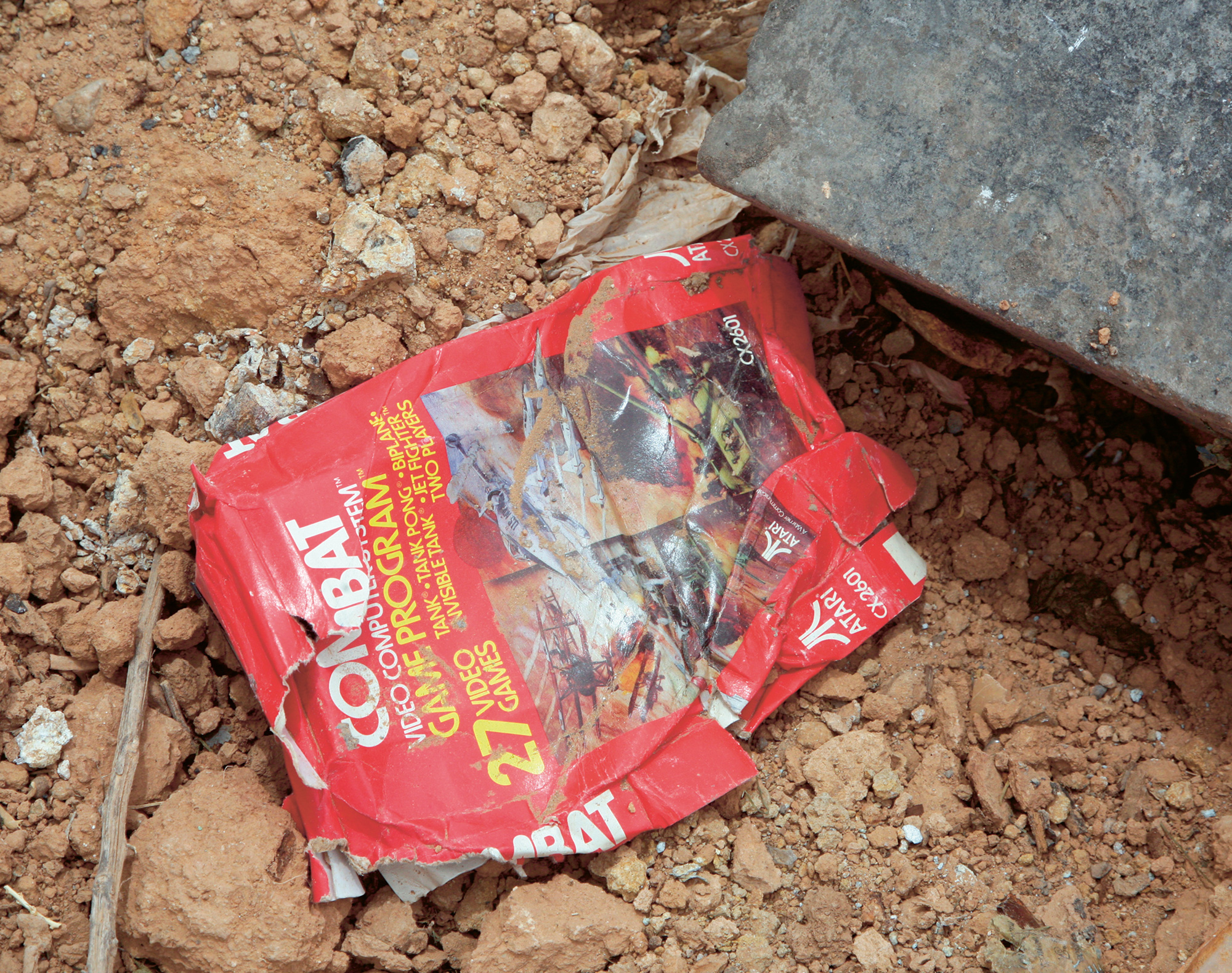
On Saturday, 26 April 2014, I excavated Atari Inc.’s famed e-waste from a sealed landfill in Alamogordo, New Mexico. Damaged, returned, and brand-new products were dumped in September 1983 by the Warner Communications subsidiary as the US games industry crashed down to earth, with Atari ending up deep beneath its surface. I have written extensively about the “Atari Burial,” as the event has become known, and I joined archaeologists William Caraher, Andrew Reinhard, Richard Rothaus, and Bret Weber as part of the team tasked with documenting the materials extracted from the site for Xbox Entertainment Studios and Lightbox Interactive’s documentary, Atari: Game Over (2014). For us, it was an event that raised questions about archaeological methodology; the documentation of contemporary history; nostalgia; the history of games and of the games industry; the life histories of objects; technological obsolescence and e-waste; and the history of the Southwest.
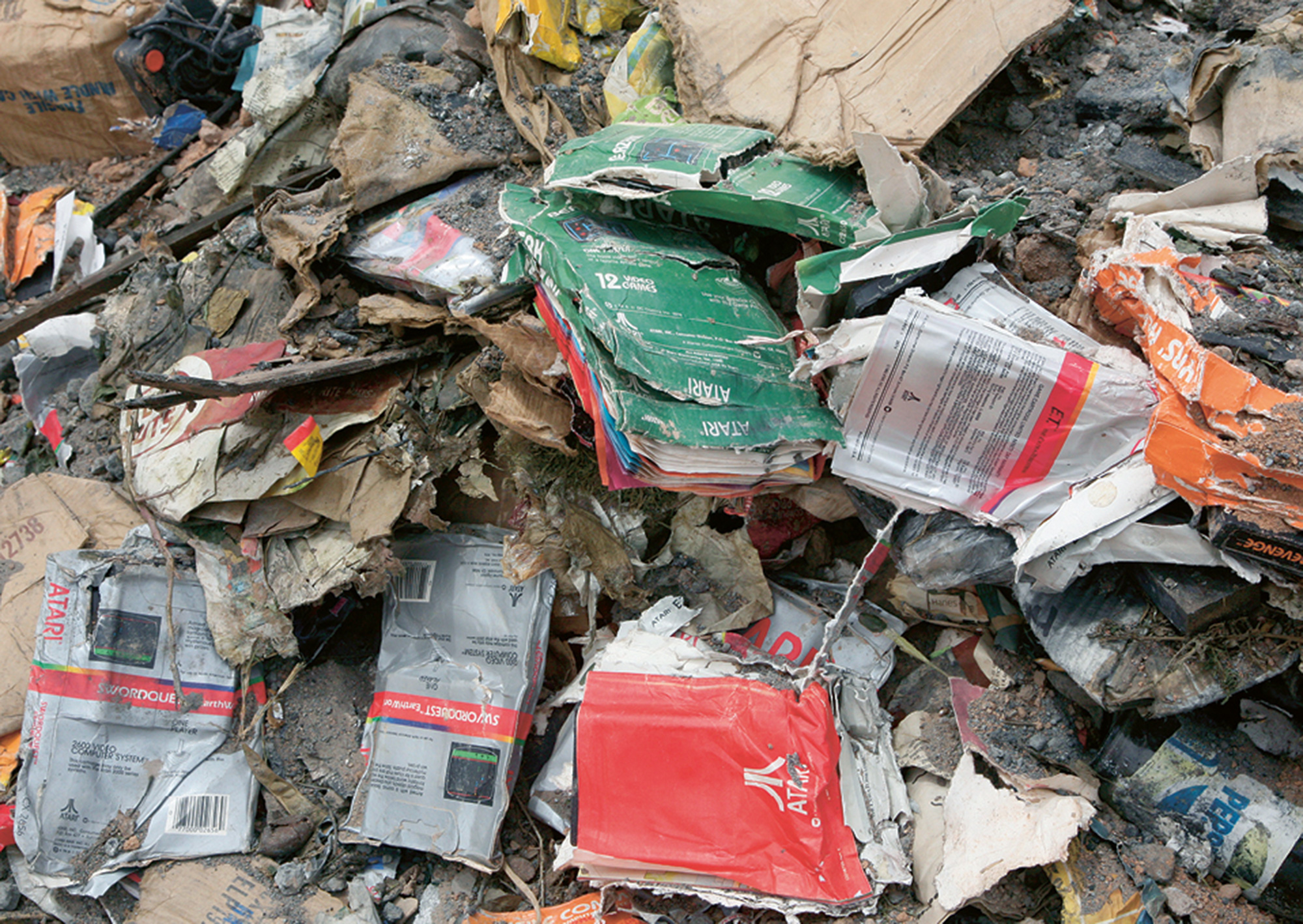
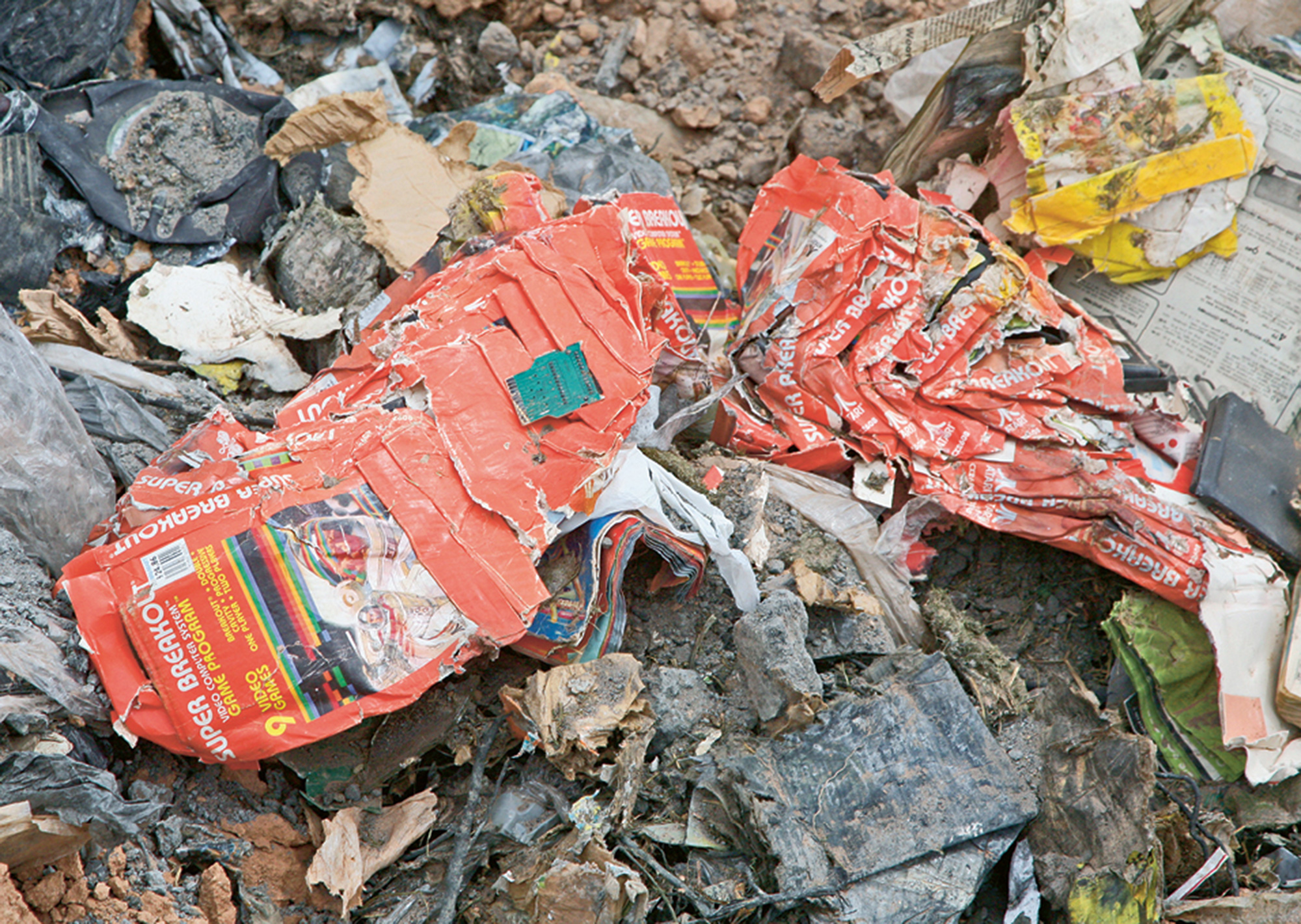
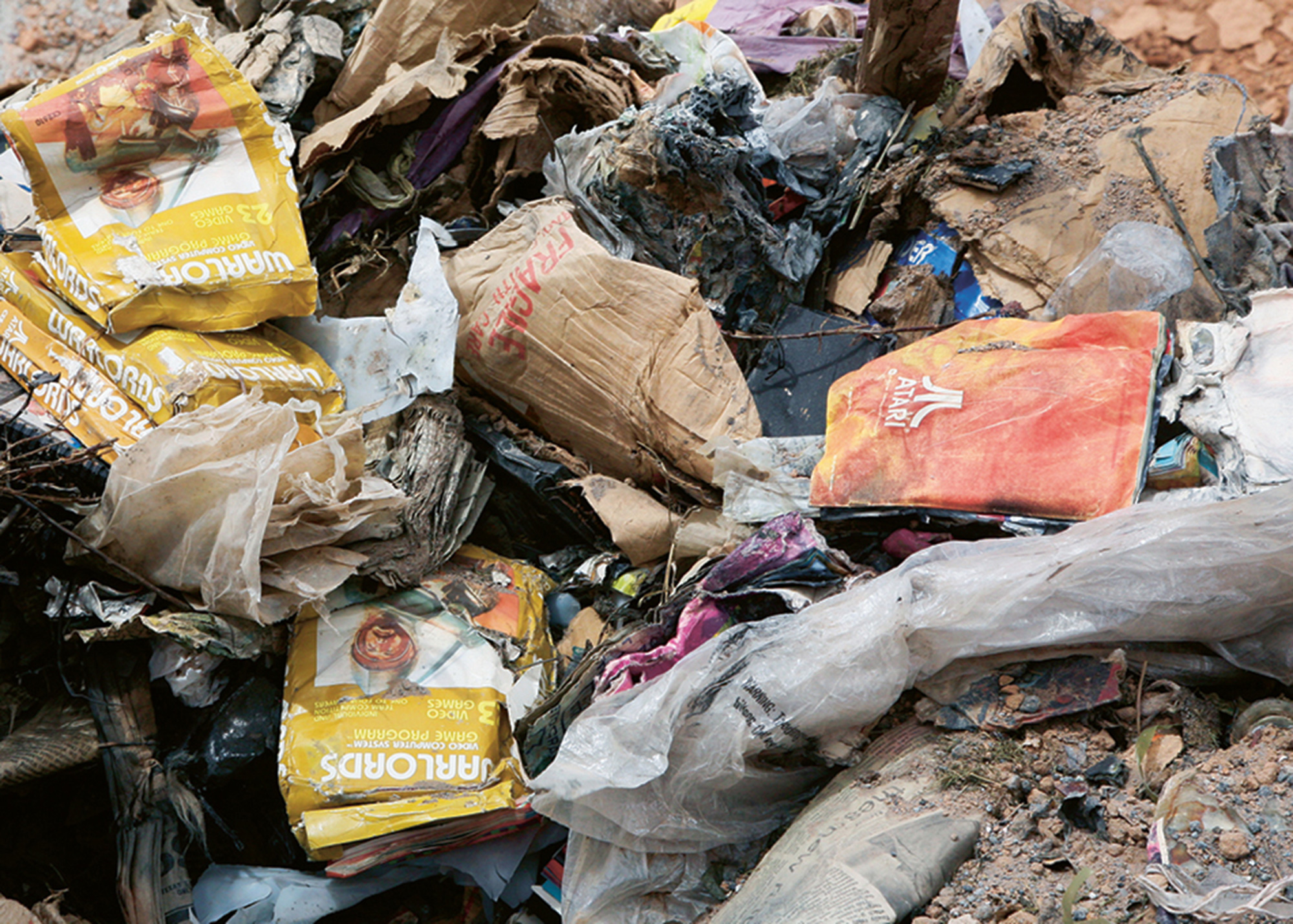
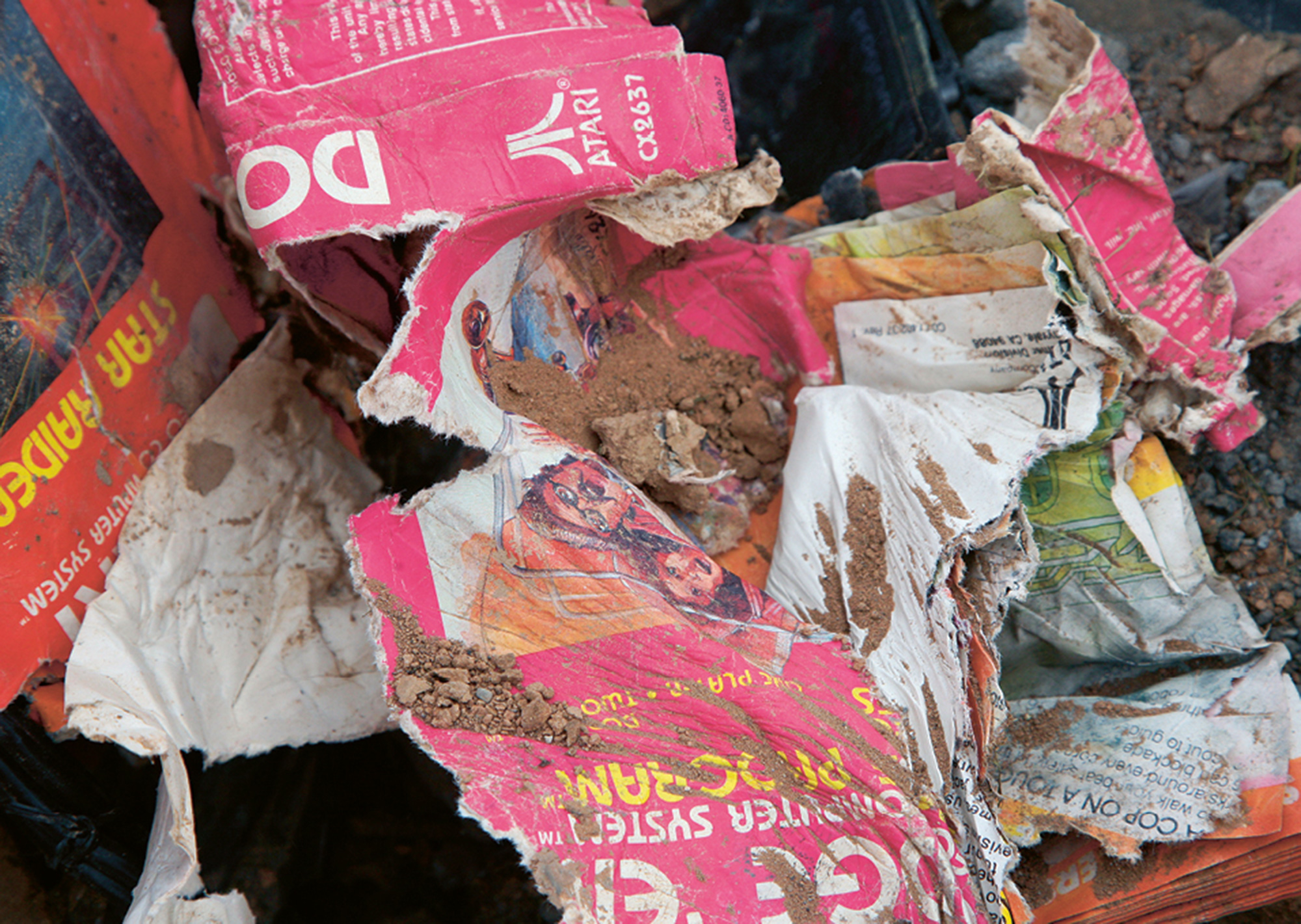
Adopted by the archaeologists, my role was that of the team’s historian. Instead of expertise in dating ancient pottery, I lent my knowledge of Atari’s plastic game cartridges and package design, subjects that accord well with my interests in the material culture of video games and design history. We tried in earnest to maintain a scientific methodology for processing the materials extracted from what I’ve come to call the “Atari vein,” an amorphous layer within the landfill pit where Atari’s e-waste eventually settled after being mixed with domestic trash and crushed by bulldozers over thirty years ago to prevent scavenging. Cement was also poured into this mixture but not in any calculated way that resembled a layer or sealed crypt. High noon Saturday, our fifth backhoe bucket from the thirty-five-foot-deep pit hit the vein, depositing a mound of Atari game cartridges—some loose, some intact in their original packages or even still sealed in their blister packs, others packed in small eroding cardboard shipping containers, most crushed and mangled. The sporadically poured cement formed concrete composite crystals of Atari products, bottles, plastic bags, paper, and earth. Dotting the surface were printed materials—Atari instruction manuals and catalogues, the pages of which flapped in the ever-increasing winds. All of these objects, of course, were a far cry from their former shelf lives, yet they did not exhibit the pulpy heterogeneity of decomposing matter I had expected. Nothing was pulverized, only smashed. In fact, they were more mummy than mulch due to the low-moisture anaerobic state of a sealed Southwestern landfill. The pages of game manuals, though brittle and mashed, could be turned. Game cartridge boxes maintained their integrity to the extent that their top tabs could still be opened without crumbling in your hand. Our first sample was processed at a distance from the crowds that amassed on the day. Working on tabletops proved too challenging with gusts of wind peaking at sixty miles per hour, not to mention a film crew unaccustomed to the slow pace of fieldwork. The show had to go on, however, and after less than an hour of processing—photographing, dating, describing, measuring, and cataloging each recovered item—we returned to the extraction site to the surprising sight of a fifty-foot expanse of trash spectacularly laid out for the camera crew and on-looking audience while we had been knee-deep in science. Slash and burn became our new method, a rash attempt to collect as many different titles as possible in the short window that remained.